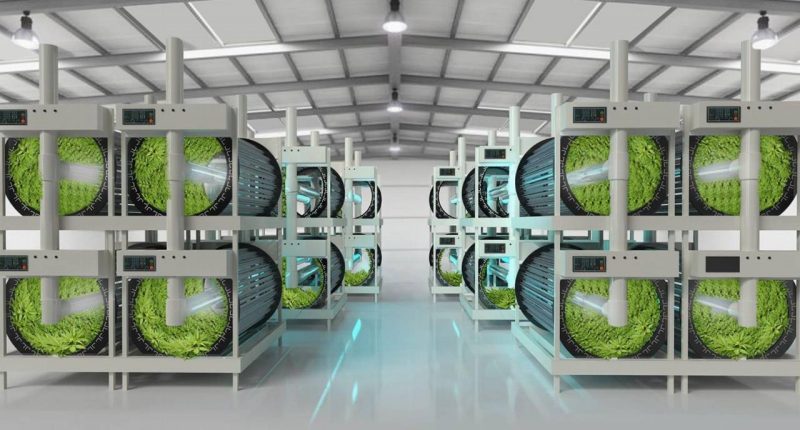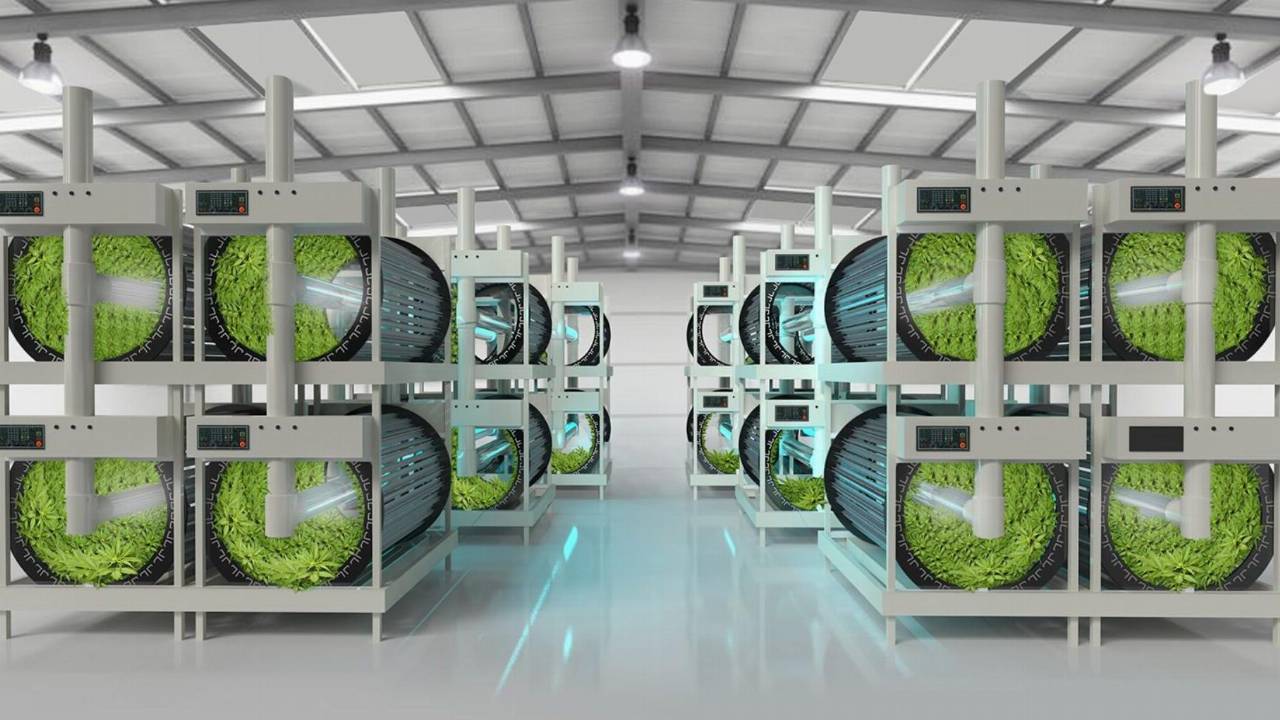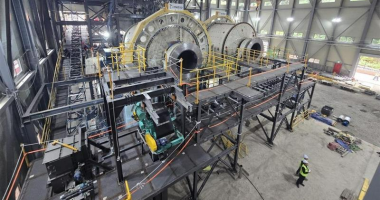As the world’s population grows, the need for food grows with it.
The United Nations predicts that the world’s population will approach 10 billion by 2050, with most of this growth coming from the world’s poorest countries.
However, standards of living in these countries are predicted to improve substantially over this time, meaning demand for agriculture, meat, dairy, and poultry is set to skyrocket.
The general sentiment among researchers, analysts, and agribusinesses alike is that food production needs to double over the next 30 years to meet demand.
Of course, with only so much land available on our Earth, the question then becomes: how do we maximise farming efficiency to ensure the world’s cupboards remain stocked?
ASX-listed RotoGro’s patented cylindrical agriculture system is part of the answer. The nimble technology reinvents the wheel to service the perishable foods industry forecast to be worth $295 billion by 2022.
More than this, however, the tech optimises the latest innovation in farming: urban vertical agriculture.
The indoor growing revolution
As part of the solution to increasing world food demand and reducing food miles, vertical indoor farms have started popping up across the globe.
These systems use fine-tuned LED lighting designed to provide optimal light for photosynthesis so that plants can grow happy and healthy without ever seeing the sun or being exposed to pesticides and herbicides.
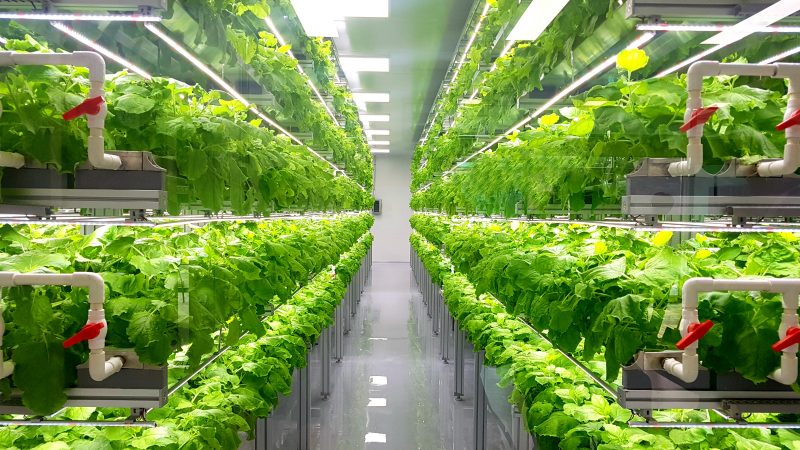
Vertical farms require far less water to operate, can be kept pest-free without the use of chemicals, and can be built in cities — meaning they can provide food to restaurants across the street rather than needing to transport their crops cross country around the world when out of season.
The crops are grown and tended to on long, flat tables that can be stacked on top of one another. This means a farm makes optimal use of the volume of its growing space, not just the area.
However, for all its innovation, vertical farming is not without its flaws.
These giant indoor farms can be expensive to build and need large amounts of energy to operate. Essentially, they need enough power to mimic a sunny day in order to get plants to grow properly. Thus, on top of a steep electricity bill, vertical farms often have a large carbon footprint.
This means in order to have a truly profitable indoor vertical farm, the process needs to be more space, energy and labour efficient in order to produce enough product to offset the associated costs.
RotoGro’s patented Stackable Modular Rotatable Gardening System ticks all of these boxes.
Crop circles, but not what you’re thinking
Essentially, RotoGro’s tech is a cylinder-shaped garden.

Crops are planted and cultivated inside the cylinder, which rotates around a centrally placed light to ensure equal access to light for all plants while removing heat from the centre of the drum and ensuring product consistency and maximising yield.
These cylinders have three times the growing area of a conventional flat deck table while taking up the same amount of space.
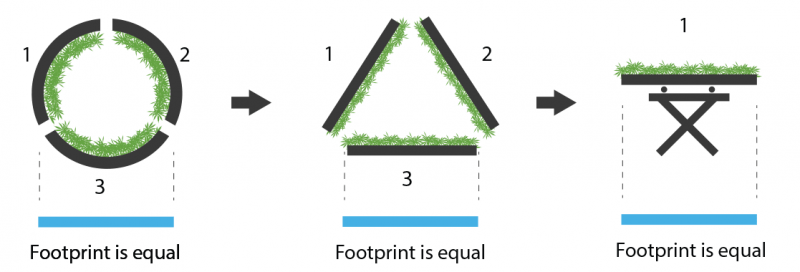
What’s more, the RotoGro systems can be stacked on top of each other and in continuous pods just as in a traditional vertical farm, making for incredibly efficient use of space and significant increases in yield per square metre.
The system comes decked out with a patented hot air removal system and a customised carbon dioxide delivery method.
RotoGro was granted a European patent for this tech in early May which supports its global aspirations and existing patents in the U.S. and Canada.
The tech is supported through RotoGro’s proprietary iGrow software, which provides a real-time analysis of the growing environment, nutrient management delivery and all mechanical aspects of each grow room. The software can be monitored locally or remotely and alerts users immediately if any crop area needs attention to make sure every plant grows to its full potential.
With joint ventures in discussion with organic food specialist Freshero, the RotoGro systems have gone through important large-scale tests and trials to prove their ability to disrupt the global perishable food market.
Not-so-small beginnings
Initially, RotoGro’s focus was on the smaller lawful cannabis market. Of course, this market’s projected $146 billion value by 2025 is nothing to sleep on.
The company planted its first cannabis crops using RotoGro tech in Canada in early November 2019, through business partner Oakum.
Oakum harvested its first commercial cannabis crops two months later, reporting RotoGro’s system exceeded expectations.
In fact, Oakum Master Grower and Co-Founder Anthony Charles touted RotogGro’s system as the “best available” in the industry.
“In my opinion, the RotoGro Hydroponic Garden Systems are clearly the best technology available in the cannabis space, cultivating plants of consistently, high-quality at the industry’s lowest costs.”
Oakum’s Master Grower, Anthony Charles
RotoGro CEO Adam Clode said the cannabis industry is evolving as the stigma around the green plant is lifted.
As regulations across the world lift to allow the cultivation of medicinal, nutraceutical, and wellbeing cannabis products, the industry has a lot more room to move and the demand for fast, efficient cultivation is growing.
This positions RotoGro nicely to take full advantage of the changing industry with its rotational garden systems, while using that same tech to service the needs of the perishable food market.
RotoGro ahead of the game
The era of urban agriculture is a recent phenomenon and is still in its early days.
Advances in technology are bringing about a new type of farmer — one that never has to fight off pests or pray for rain.
However, even as the industry is evolving, RotoGro is disrupting it.
Rather than wait for the inevitable flaws in the vertical agriculture world to need a quick solution, the astute management team at RotoGro is already mitigating the downsides of traditional urban agriculture.
With RotoGro’s manageable market capitalisation of $8.94 million, now is the time to invest in the next phase of agriculture revolution.

